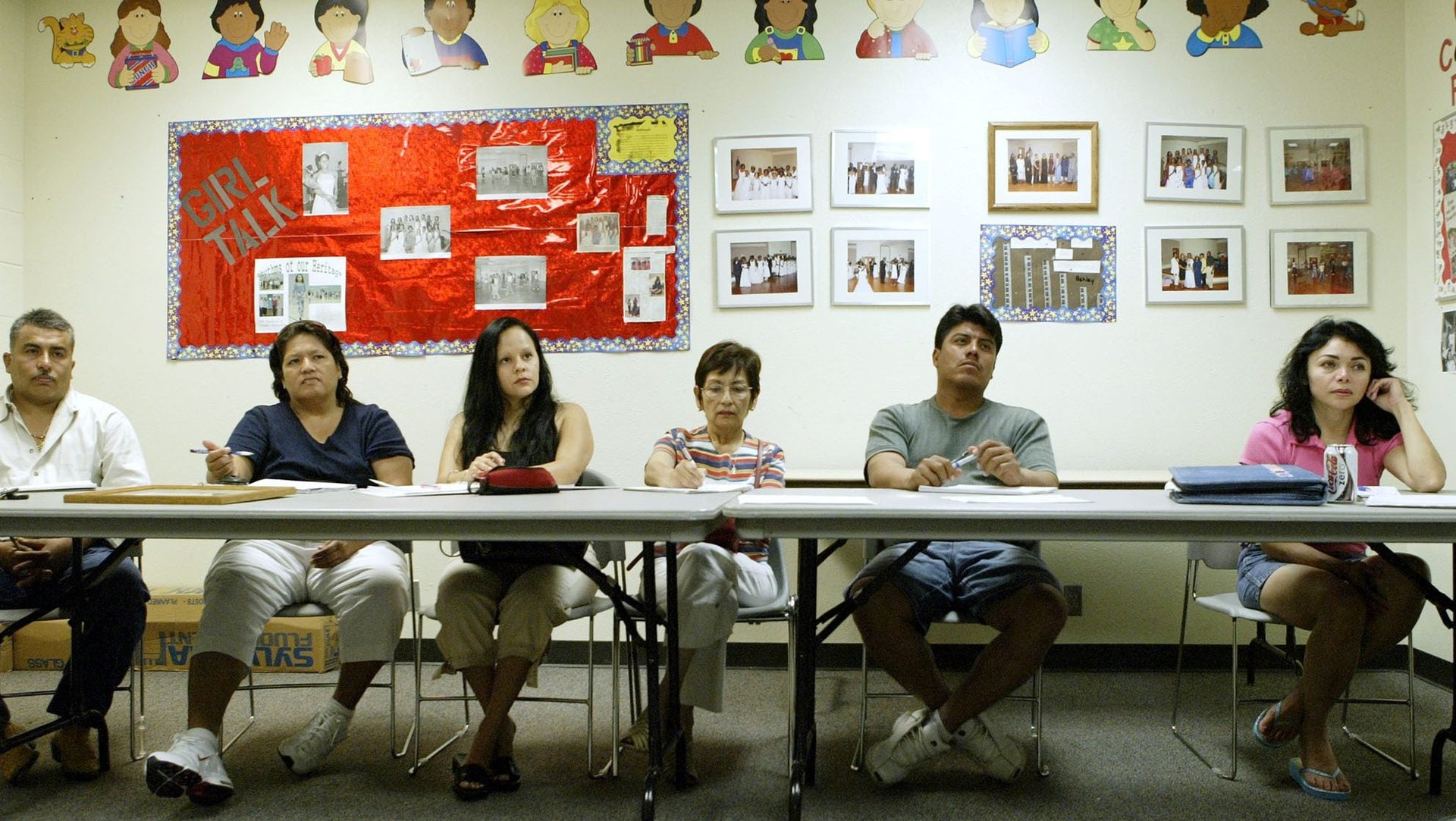Guess which US immigrants improve their English skills fastest
Donald Trump doesn’t think languages other than English belong in the US. During his 2016 presidential campaign, he criticized Jeb Bush for speaking “Mexican,” because “this is America.” He also wants people’s English-speaking skills to determine whether they get to move to the United States.


Donald Trump doesn’t think languages other than English belong in the US. During his 2016 presidential campaign, he criticized Jeb Bush for speaking “Mexican,” because “this is America.” He also wants people’s English-speaking skills to determine whether they get to move to the United States.
It is true that many immigrants to the US may not speak English well upon arrival. It is true that that can make it harder for them to work and succeed in the country. It is also true, though, that they will inevitably pick it up. Does country of origin make a difference in their ability to do so? Trump would like a stricter immigration policy on countries he thinks are “shitholes,” in part because he doesn’t think they’ll fit in. He thinks immigrants should be from rich, Western countries like Norway. We can test the idea that immigrants from certain places assimilate better by breaking down English improvement by country.
Quartz analyzed US census data to find out to see how immigrants improve in English, focusing on people who arrived between 1995 and 2000, and measuring the self-reported change in their English ability from 2000 to 2015. There, the biggest gain of all is among the small group of immigrants from Cape Verde—a poor African nation that surely Trump does not believe is “like Norway.”
A number of other things about that chart present a surprising picture of immigration. Many of the fastest-learning nationalities atop the chart are not from wealthy countries of origin. Sudan and Somalia are all among the top learners, even though Trump dismissed immigrants from Africa. And the numbers for Mexico improved greatly, contradicting the long-held idea that Mexican immigrants form exclusive, Spanish-speaking enclaves and don’t interact in English.
The chart above only measures improvement, not actual skill level. But the overall trend shows high levels of English-language proficiency are achieved over time. In 2000, 53% of the immigrants who arrived in the five years prior spoke English “well,” “very well,” or only spoke English. Fifteen years later, in 2015, that proportion had risen to 71%. During that same time, the proportion who said they “do not speak English” fell from 17% to just 9%.
The census allows us to break down immigrants by their native language, too. This also provides some counter-intuitive results.
For one thing, it challenges some ideas about how easy it is for people who speak certain languages to learn English, and vice versa. Japanese is considered one of the hardest languages for English-speakers to learn, but this chart shows that Japanese-speaking immigrants to the US improved their English at an impressive rate. It is also suggests that there is something about eastern European immigrants that makes them particularly good at learning English. Many languages belonging to the Serbo-Croatian and Slavic families are high on the list.
Overall, the data suggest that speakers of just about any kind of language improve in English with a few years’ time in the United States.